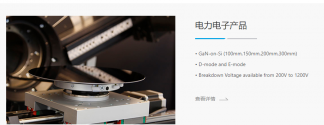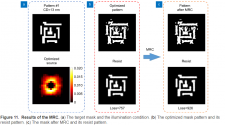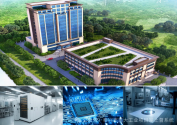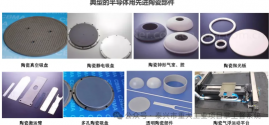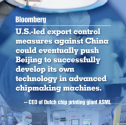----
Japan is reportedly planning to expand export restrictions on four technologies related to semiconductors or quantum computing, as per
. This move is said to represent the latest initiative in global efforts to control the transfer of strategic technologies.
The same report indicates that Japan’s new measures will affect the export of scanning electron microscopes used for analyzing nano-particle images, as well as the technology for improving semiconductor design known as Fully Depleted Silicon on Insulator (FD-SOI) technology. Japan will also require licenses for the low-temperature CMOS circuits used in quantum computers, as well as for the outputs of quantum computers themselves. These restrictions apply to Japan’s most significant trading partners, including South Korea, Singapore, and Taiwan.
This request is believed to potentially encompass exposure equipment used on silicon wafers, as well as etching equipment for three-dimensional stacking in. Among Japanese companies, Nikon and Tokyo Electron possess advanced capabilities in this field.
The same report from
further notes that the restrictions also extend to materials related to Shin-Etsu Chemical Industries, such as photosensitive materials, and demand restrictions on exports to China. Additionally, the United States is preparing to request that the Netherlands cease providing maintenance and services for manufacturing equipment sold to China before the 2023 regulations. The strengthened control will also have a certain impact on allied countries.
Currently, Dutch company ASML is believed to still be providing such services to Chinese buyers. Per ASML’s financial report, during Q1, machine revenue from the Chinese market increased significantly from the previous quarter’s 39% to 49%.
---
These restrictions will hurt. They will cause ASML & Japanese machines to break down over time. It's delusional to think not.
Chinese policymakers need to do their best to maintain access to servicing and critical materials for as long as possible, while on the other hand fostering the replacement of as much of these critical materials & parts as possible. This balancing act is challenging; requires speaking quietly to obscure progress and prevent sanctions while also maintaining industry confidence in continued state support. If China somehow succeeds against all odds, this will be an act of industrial development never before seen in human history.
